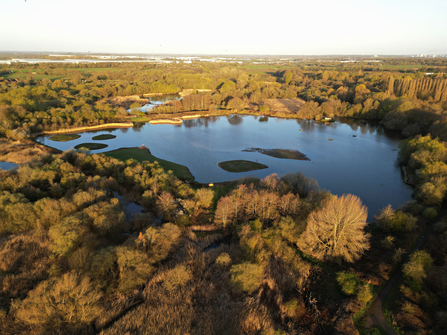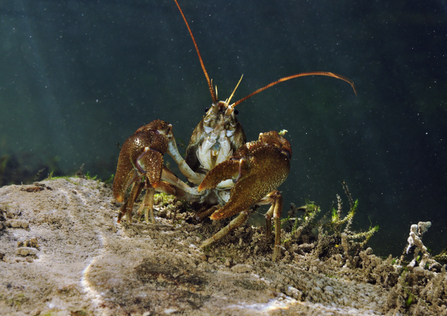It seems like every day there is a new headline news story explaining how artificial intelligence (AI) is changing our world. It seems we sit on the verge of the next era, a period of change as profound as the industrial revolution. Advancement in technology can bring a lot of benefits but there are also well documented concerns relating to the impact AI can and will have on us as individuals and society.
Whilst it’s right to be aware of concerns relating to future technologies, it’s also important to explore whether they can help us achieve our aim of enabling nature’s recovery. In Warwickshire, and across the Wildlife Trust movement we are currently exploring how we can use different technologies in a positive way and we thought it would be interesting to share these examples with you.
Laser scanning and virtual reality
Our Sherbourne Valley Project, funded by the National Lottery Heritage Fund, is using laser scanning technology to help capture an accurate 3D picture of the river and its surroundings. We are collaborating with Twindl, a company specialising in ‘reality capture’ to create a digital copy of the river Sherbourne as it runs through the pipe beneath the city of Coventry. We are also creating a 3D digital replica, accurate to within 10mm, of Lakeview Park in Coventry and the river as it flows through it. Over the course of the project we’ll be working with contractors and volunteers to help re-naturalise the park, creating more ponds and restoring some of the river’s natural processes. We will then take another 3D scan of the park which will help to demonstrate the improvements made for nature and people.
3D laser scanning is an excellent tool for a number of reasons:
- Provides dimensionally accurate copy of tricky organic shapes and spaces, enabling the creation of 3D models to understand how the land is formed.
- Integrates photographic capture, giving you accurate 360 degree photo imagery of the site which can be explored in virtual reality.
- Combining the points above we can accurately measure and interpret the existing context alongside the potential of future alterations.



